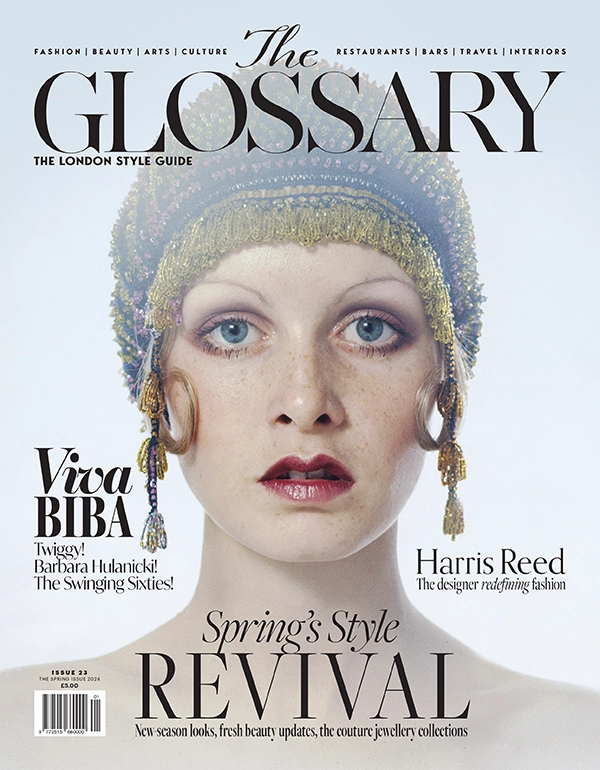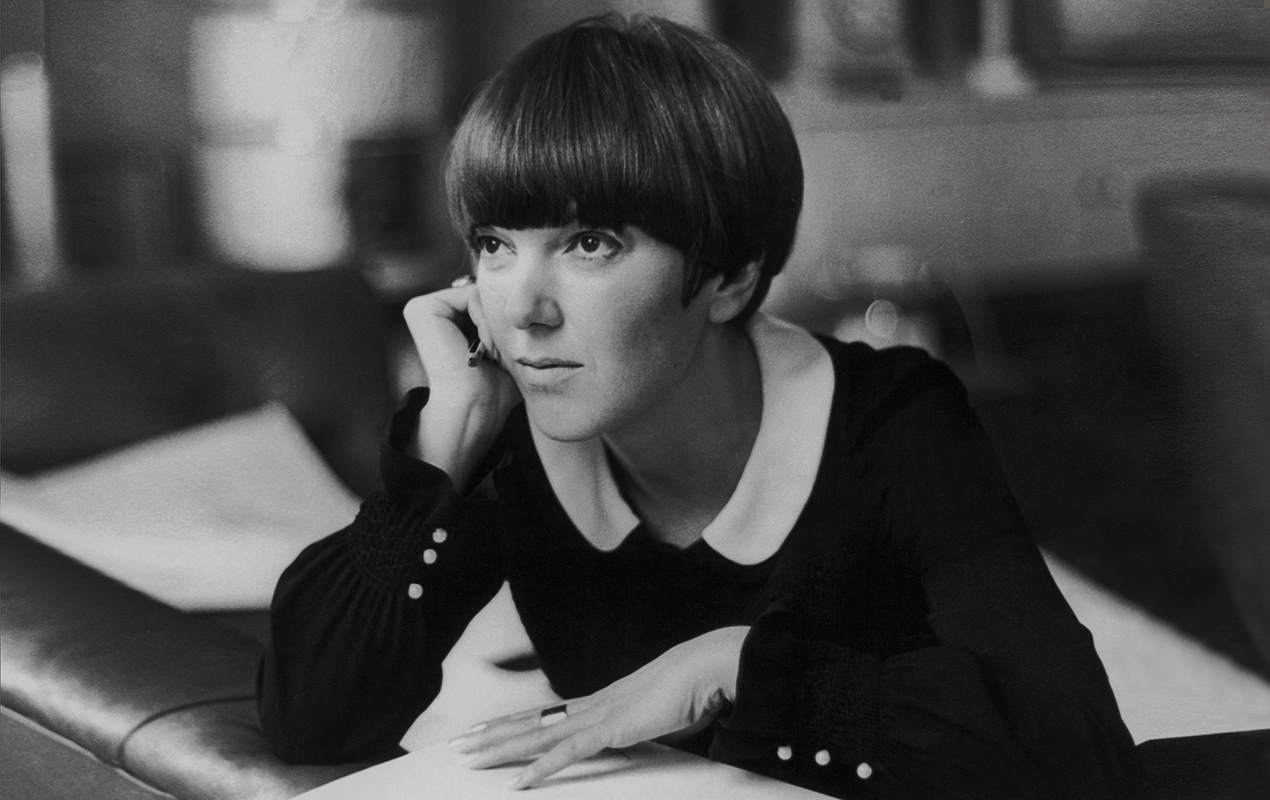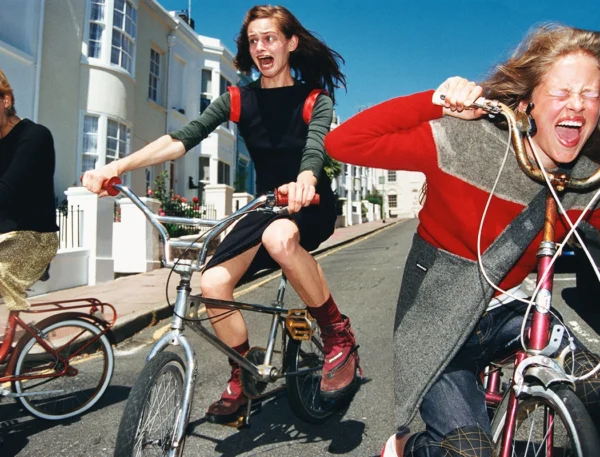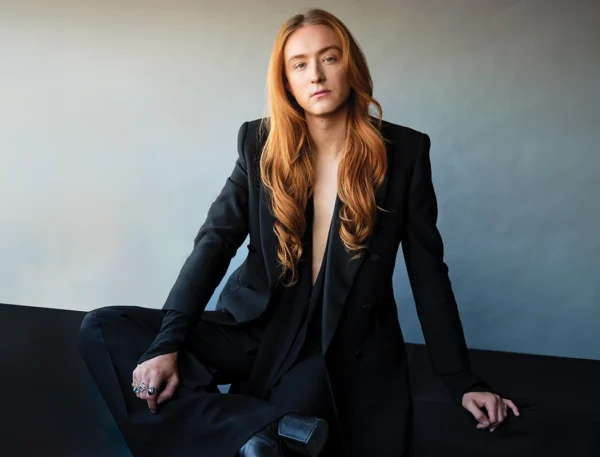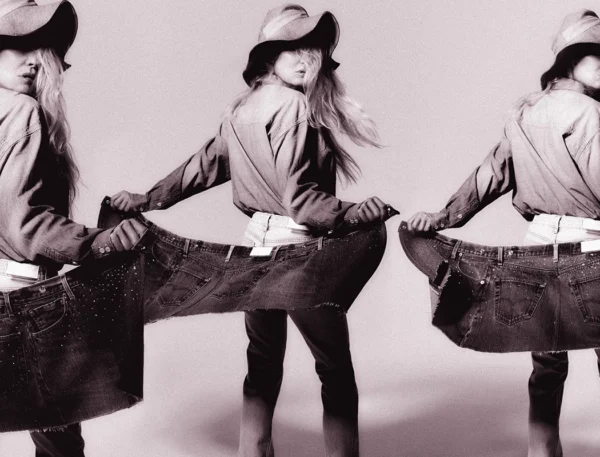Dame Mary Quant was undoubtedly one of Britain’s most era-defining fashion designers, a trailblazing visionary whose influence on the Swinging Sixties changed the face of fashion forever. Credited with popularising the mini skirt and ushering in a bold new look with her iconic King’s Road boutique, Bazaar, Quant’s contribution to fashion cannot be overstated. At her death at 93 on 13 April 2023, she remained one of the most famous names in fashion, known the world over.
It’s not for nothing that Jenni Murray, presenter on BBC Woman’s Hour, once referred to Mary Quant as a ‘game changer’, saying, ‘For my generation, a teen in the 60s, she blew away the twinset and pearls and covering your knees and brought in the mini and shoes you could actually walk, or even run in.’
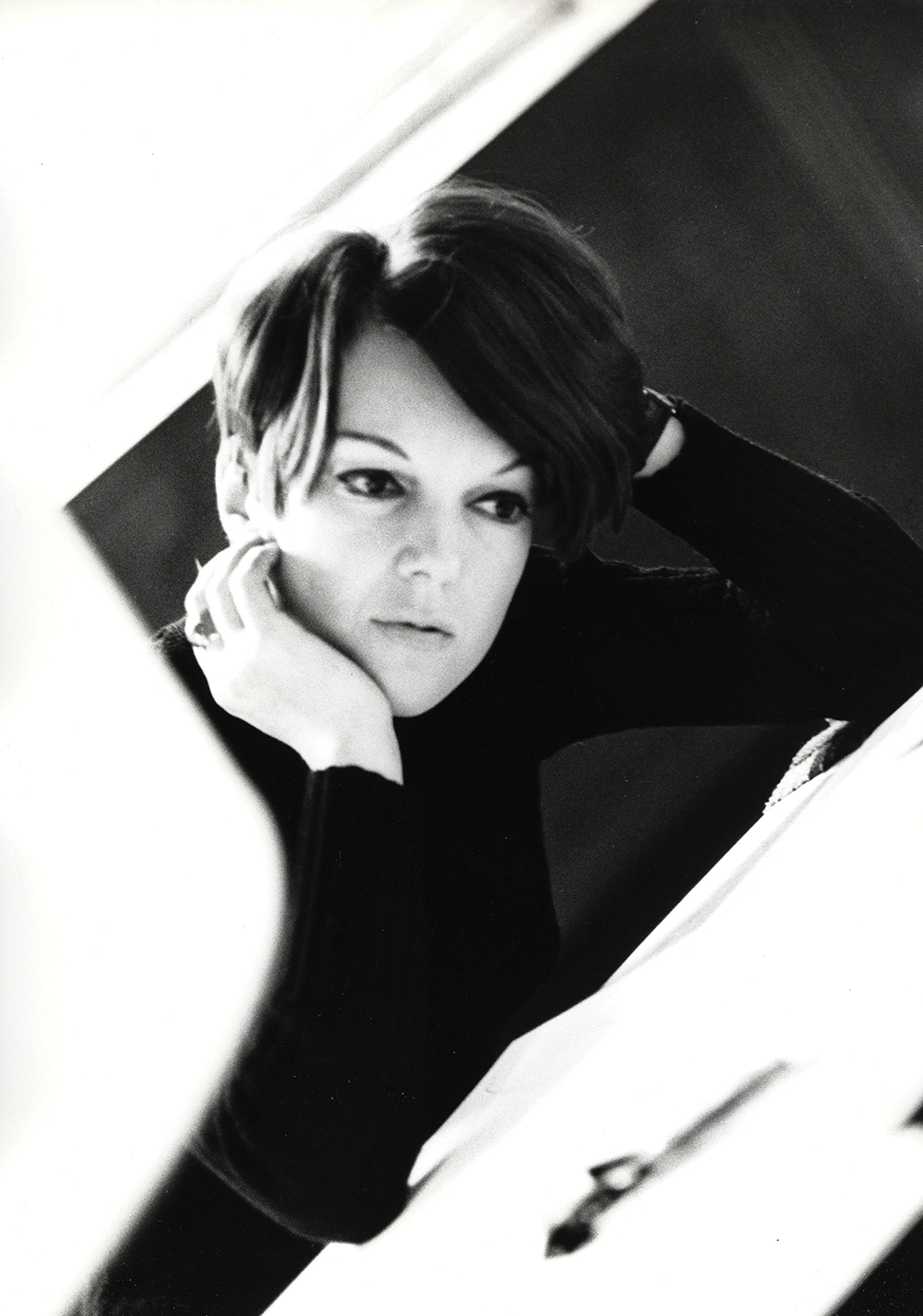 Pin
Pin Quant was indeed a trailblazer, rightly credited with spearheading a fashion revolution in 1960s London. This was a city in thrall to a blossoming youth culture – young women, and men, looking to escape post-war austerity and distance themselves from the way their parents lived. A generation who wanted art, theatre, film, design, fashion, food, sex and, most of all, music and dance.
Quant recognised the importance of this ‘youthquake’ – as an art school graduate she could relate to it – so she embraced it and capitalised on it. In 1955 she opened her cult emporium Bazaar on King’s Road, with her husband Alexander Plunket Greene and entrepreneur Archie McNair, and started producing clothes that were not just dynamic and fun, but affordable and accessible to this new youth movement. ‘The whole point of fashion is to make fashionable clothes available to everyone,’ she once said.
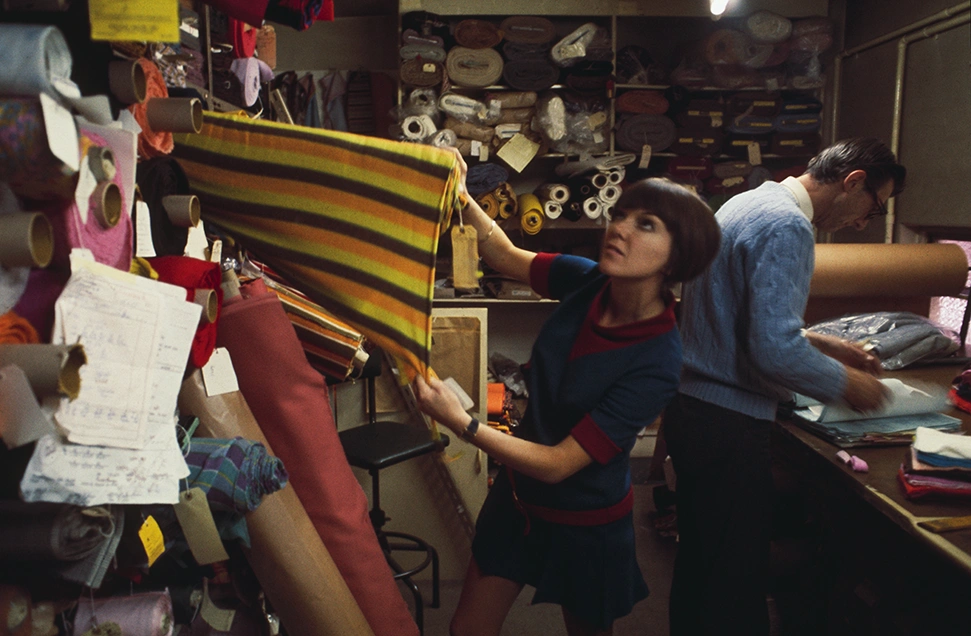 Pin
Pin The shop opening coincided with a Mod subculture that was emerging in the capital, influenced by European-style fashions (with emphasis on high-impact colour and line – think slim-fit suits) and American soul and R&B music. Mods were cool, sharp and smart, they met in all-night cafés and in jazz clubs. All of which had a significant bearing on Quant’s designs.
In her autobiography in 1966 she acknowledged that she started her career at the same time ‘that “something in the air” was coming to the boil.’ She wrote: ‘The clothes I made just happened to fit in exactly with the teenage trend, with pop records and espresso bars and jazz clubs.’
‘We thought we were making clothes for our friends; art students, actresses and a few crazy people around Chelsea. I think, in a funny way, we must have anticipated what people wanted and I hated fashion the way it was, I wanted clothes to be far more casual and easy going. I didn’t realise that so many other people felt the same,’ she said later in a radio interview in 1971.
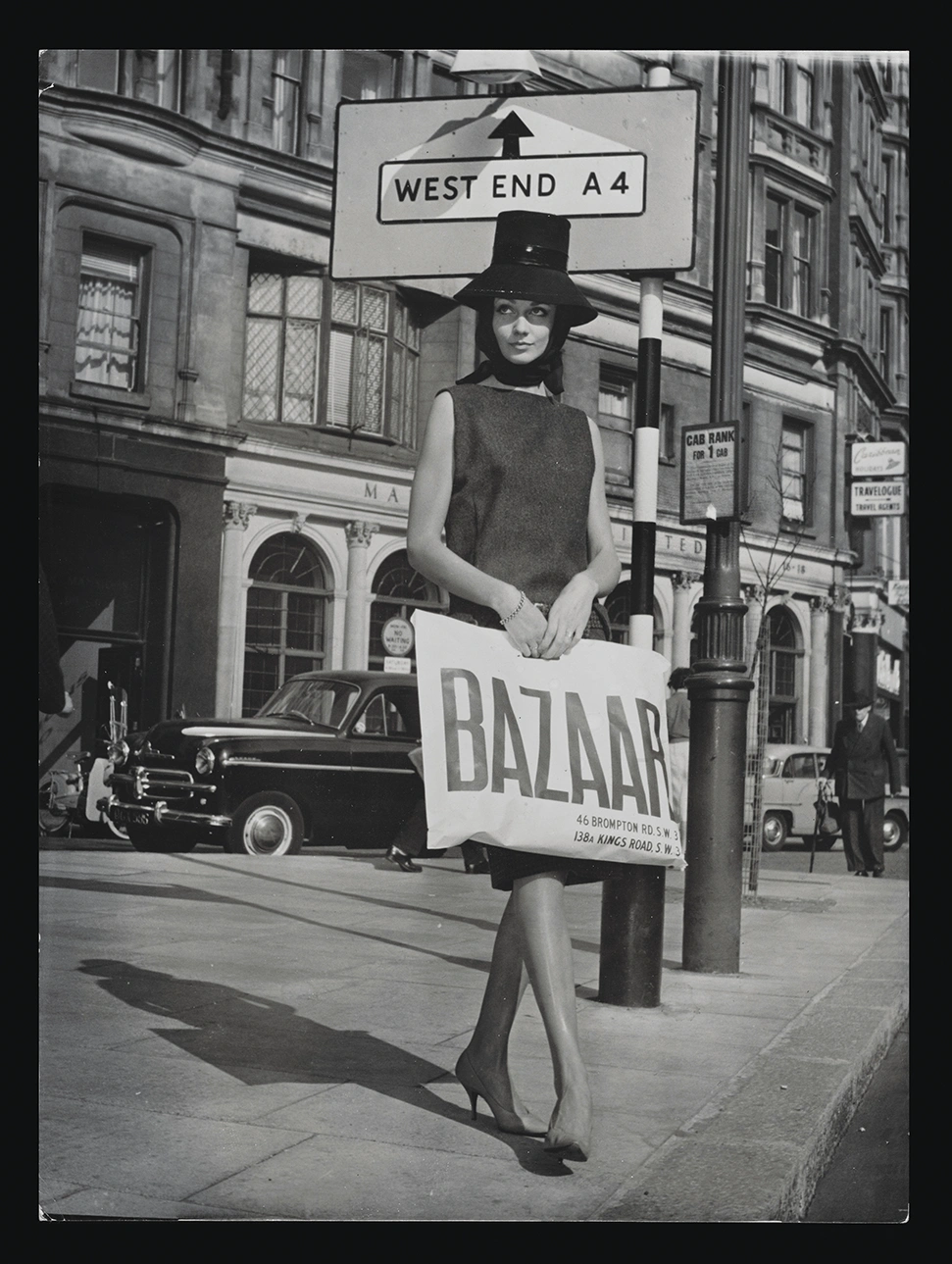 Pin
Pin Quant became world-famous for popularising the higher-than-high hemline, as a response to her customers who were asking for skirts to be ‘shorter, shorter’. The look soon caught on, particularly when adopted by the models du jour including Jean Shrimpton, Pattie Boyd and Twiggy, whose androgynous figure, gamine crop and spider-like lashes suited Quant’s designs to a tee.
But while the mini – named after Quant’s favourite car the Mini Cooper – often takes centre stage, she was also the woman who introduced the world to hot pants and skinny rib sweaters, go-go boots zipped over vibrant-hued hosiery (women wore Lisle stockings and suspenders until this point), paintbox makeup kits, waterproof mascara and PVC raincoats.
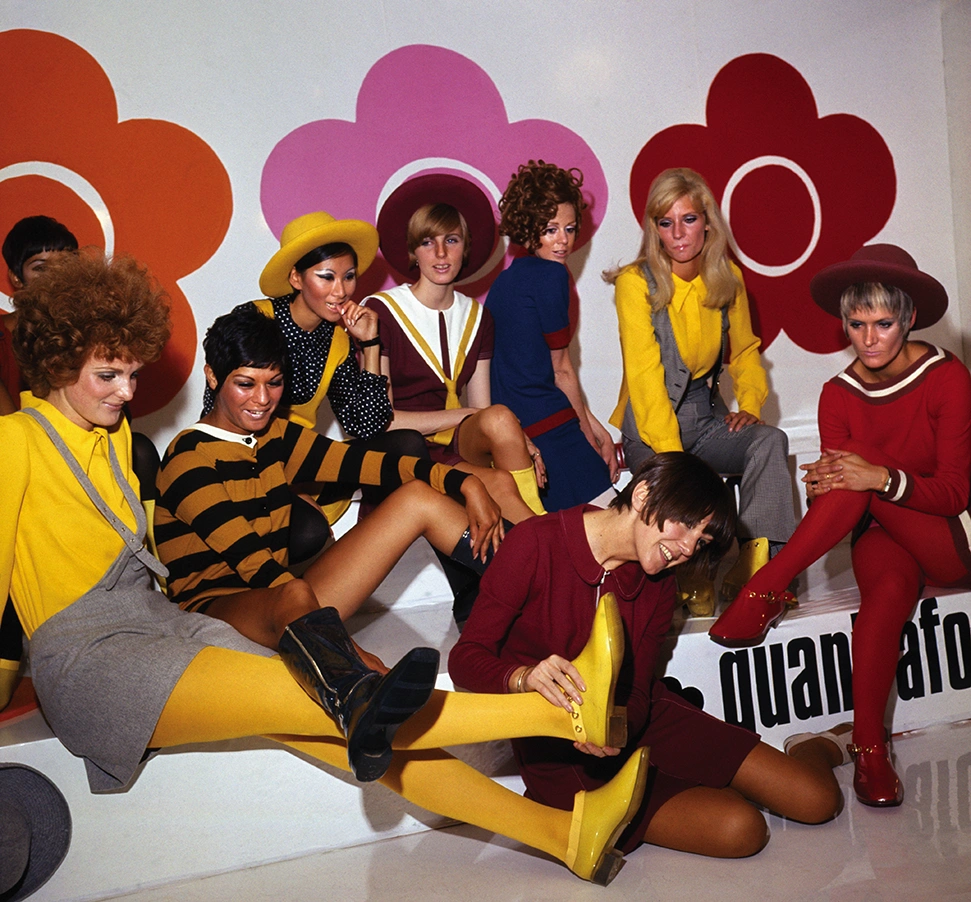 Pin
Pin Quant also invented the Booby Trap seamless brassiere, the first real foray into fashion lingerie, and encouraged women to wear tailored trousers – a far cry from Dior’s New Look revolution of waspish waists and billowing skirts. She even brought out her own diffusion line, Ginger Group.
In 1960 Quant was approached to design a collection by the largest retailer in the States, JC Penney, which had some 1,700 stores, launching it two years later with a series of fashion shows. America had never seen anything like it. In marked contrast to previous, more formal shows with ‘middle-aged women in corsets and frozen beehive hairstyles’, Quant recalls that ‘three thousand people turned up for our wild fashion shows, with models dancing, a pop group playing and the police and fire brigade arriving in blind panic.’ Success stateside opened up a global market for Quant and by the end of the 1960s, it is said that over seven million women had at least one of her products in their wardrobes.
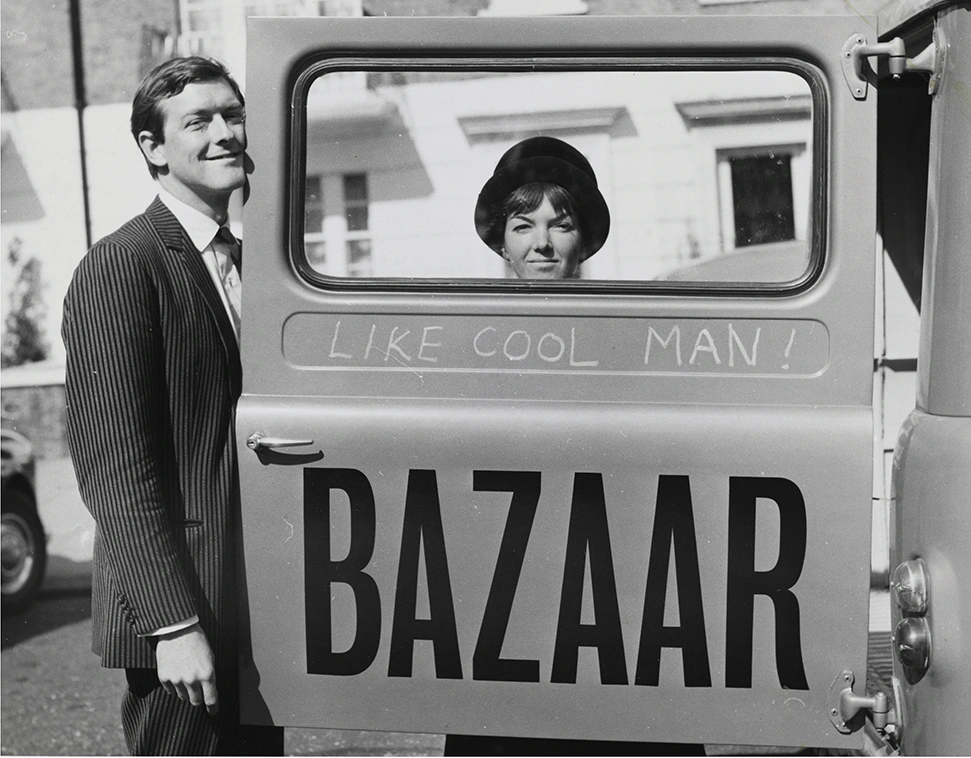 Pin
Pin In what was a masterstroke of self-marketing, Quant herself always personified this edgy new look. She was known for her five-point geometric bob, created for her by Vidal Sassoon who, according to Quant, ‘saw that hair could be cut into bold, unfussy, unstructured shapes’ – a far cry from the perms and sets of old. ‘For me, he produced the perfect cap on my leggy mini-skirted designs and the frame for my colour cosmetics,’ she said of Sassoon.
But Quant’s aesthetic was about more than appealing to the fashionable and arty. It also stood for rebellion. She had built her business into a global brand by showing women that they could dress for themselves and encouraging the traditional hierarchy to dissolve. ‘Middle-age businessmen would beat on the window and shout “It’s obscene, it’s disgusting.” Extraordinary, isn’t it!’ Quant said in an interview with British Vogue when discussing the impact of the mini.
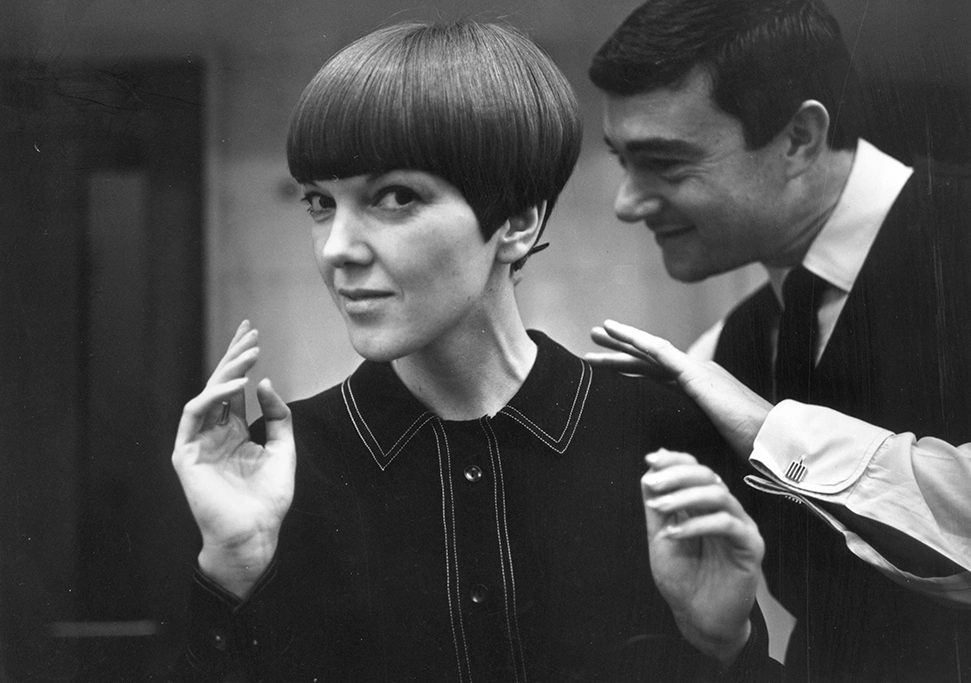 Pin
Pin Her irreverent designs were a manifestation of women’s emerging freedom at the time, a symbol of liberation following the fight for female birth control: ‘I think the Sixties mini was the most self-indulgent, optimistic fashion ever devised: young, liberated and exuberant – and the beginning of women’s lib,’ the designer commented.
With the advent of the contraceptive pill, women could explore their sexuality without the fear of becoming pregnant – and Quant encouraged a generation of young girls to revel in this newfound liberty. In an interview, she deemed the pill the best invention of her lifetime. ‘It’s given women independence more than anything else,’ she said.
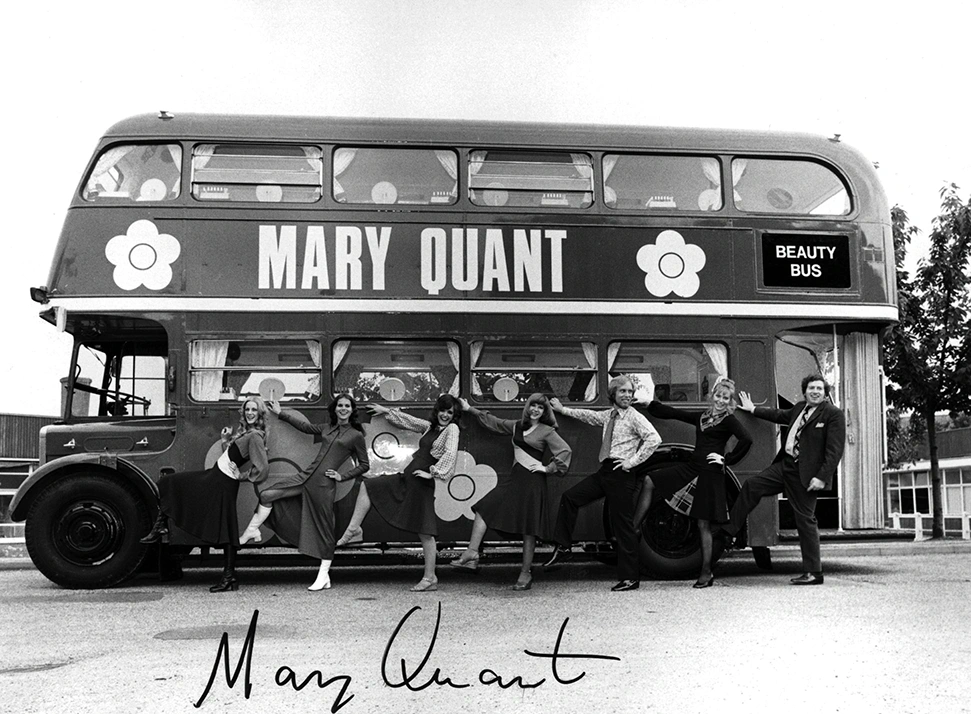 Pin
Pin Her legacy continued long into later life. By the 90s, the majority of Quant’s trade was overseas, with Japanese sales accounting for 80% of the income. So, it came as no surprise when she sold her business to Japan in 2000. Even so, Quant still took chauffeurs daily to advise at business meetings well into her 80s, dressed in chic pin-stripe trousers topped off by her immaculate bob. Before her death she divided her time between Chelsea, Surrey and a series of farmhouses in France, and remained a figure of fascination right up until the end.
Her final retrospective – and the first in 50 years – was held at the V&A in 2019, and two years later she was the subject of an acclaimed feature-length documentary, Quant, directed by Sadie Frost. Above all, she will be remembered for her playfully irreverent take on fashion, which went on to pave a new look for an entire generation. ‘Clothes are not serious, they are here to enjoy,’ she once said. ‘We can all have such fun – there are no rules anymore.’
It is no coincidence that the mini, for example, was quickly championed by the second-wave feminists, like Germaine Greer and Gloria Steinem. Indeed, it became so politicised that when Dior sent longer hemlines down the runway in 1966, a group of women calling themselves the ‘British Society for the Protection of Mini Skirts’ protested outside the show.
Something Quant herself might have been taken slightly aback by. This was, after all, the woman who changed the face of fashion, dragging it from the stiff, encumbering styles of the 1950s into a new era that was fresh, unconventional and enjoyable.
